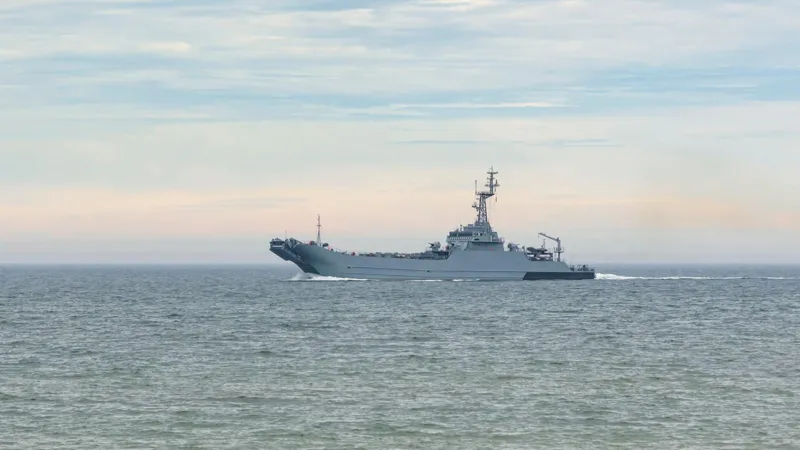NATO has initiated a new mission aimed at protecting the critical undersea cables that underpin global communications and economies. These cables, often overlooked despite their importance, form the backbone of the internet and global financial transactions. The increased focus on their security reflects rising concerns about potential threats to these vital infrastructures.
Undersea cables span thousands of miles across ocean floors, linking continents and facilitating seamless communication and data transfer. Approximately 97% of global internet traffic and financial transactions rely on these cables. Despite their crucial role, they remain vulnerable to both accidental damage and intentional sabotage. Recent geopolitical tensions and growing cyber threats have heightened fears of disruptions to this infrastructure, which could have catastrophic consequences for global stability.
NATO’s new mission, formally announced during a high-level meeting, will involve enhancing surveillance, coordination, and resilience to protect these cables. Secretary General Jens Stoltenberg emphasized that safeguarding undersea infrastructure is an integral part of NATO’s collective security agenda. “Undersea cables are the lifelines of the modern economy and society,” Stoltenberg stated. “A targeted attack could paralyze communication, disrupt economies, and weaken military capabilities.”
The mission will leverage advanced technologies such as autonomous underwater drones and artificial intelligence to monitor cable routes and detect potential threats. NATO also plans to increase collaboration with private sector entities responsible for cable maintenance and repair. The alliance is committed to fostering a comprehensive approach that combines military readiness, technological innovation, and public-private partnerships.
In recent years, incidents involving undersea cables have drawn global attention. For example, accidental damage caused by fishing activities or anchors has disrupted internet connectivity in certain regions. However, the growing risk of intentional attacks by state or non-state actors has become a pressing concern. A deliberate disruption could potentially sever international communications or undermine financial systems.
NATO’s initiative is not only about defense but also deterrence. By showcasing its ability to monitor and protect undersea cables, the alliance aims to signal to potential adversaries that such infrastructure is not an easy target. This strategy aligns with NATO’s broader efforts to adapt to emerging security challenges in the 21st century, including cyberattacks and hybrid warfare.
While NATO’s mission represents a significant step forward, experts caution that protecting undersea cables is an ongoing challenge requiring sustained investment and innovation. Given the critical role of these cables, ensuring their security is likely to remain a top priority for governments and international organizations in the years to come.
This new mission underscores NATO’s commitment to safeguarding the interconnected systems that drive the modern world. As the alliance moves forward, it hopes to build a robust framework that ensures the resilience of undersea infrastructure against evolving threats.

 Fashion4 months ago
Fashion4 months ago
 Sports5 months ago
Sports5 months ago
 Fashion4 months ago
Fashion4 months ago
 Learning3 months ago
Learning3 months ago
 News3 months ago
News3 months ago
 News4 months ago
News4 months ago
 Technology5 months ago
Technology5 months ago
 Hot News2 months ago
Hot News2 months ago









